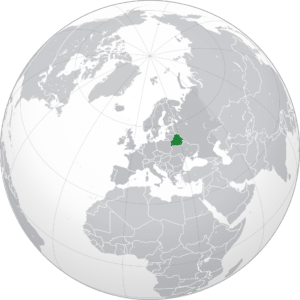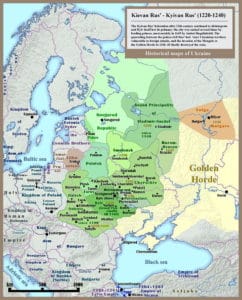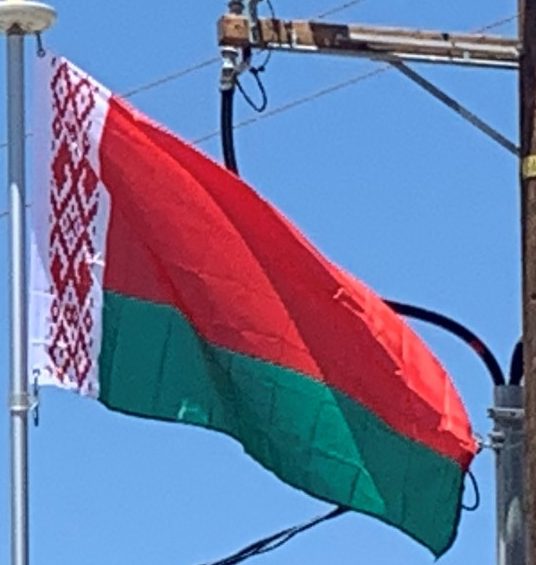Introduction:
Belarus, officially the Republic of Belarus, formerly known by its Russian name Byelorussia or Belorussia, is a landlocked country in Eastern Europe bordered by Russia to the northeast, Ukraine to the south, Poland to the west, and Lithuania and Latvia to the northwest. Its capital and most populous city is Minsk. Over 40% of its 80,200 square miles is forested. Its major economic sectors are service industries and manufacturing.

In the aftermath of the 1917 Russian Revolution, Belarus declared independence as the Belarusian People’s Republic, which was conquered by Soviet Russia. The Socialist Soviet Republic of Byelorussia became a founding constituent republic of the Soviet Union in 1922 and was renamed as the Byelorussian Soviet Socialist Republic (Byelorussian SSR). Belarus lost almost half of its territory to Poland after the Polish–Soviet War of 1919–1921. Much of the borders of Belarus took their modern shape in 1939, when some lands of the Second Polish Republic were reintegrated into it after the Soviet invasion of Poland, and were finalized after World War II. During WWII, military operations devastated Belarus, which lost about a third of its population and more than half of its economic resources. The republic was redeveloped in the post-war years. In 1945 the Byelorussian SSR became a founding member of the United Nations, along with the Soviet Union and the Ukrainian SSR.
The parliament of the republic proclaimed the sovereignty of Belarus on 27 July 1990, and during the dissolution of the Soviet Union, Belarus declared independence on 25 August 1991. Alexander Lukashenko has served as the country’s first president since 1994. Belarus has been labeled “Europe’s last dictatorship” by some Western journalists, on account of Lukashenko’s self-described authoritarian style of government. Lukashenko continued a number of Soviet-era policies, such as state ownership of large sections of the economy. Elections under Lukashenko’s rule have been widely criticized as unfair; and according to many countries and organizations, political opposition has been violently suppressed. Belarus is also the last country in Europe using the death penalty.

In 2000, Belarus and Russia signed a treaty for greater cooperation, forming the Union State. Over 70% of Belarus’s population of 9.49 million resides in urban areas. More than 80% of the population is ethnic Belarusian, with sizable minorities of Russians, Poles and Ukrainians. Since a referendum in 1995, the country has had two official languages: Belarusian and Russian. The Constitution of Belarus does not declare any official religion, although the primary religion in the country is Eastern Orthodox Christianity. The second-most widespread religion, Roman Catholicism, has a much smaller following; nevertheless, Belarus celebrates both Orthodox and Catholic versions of Christmas and Easter as national holidays. Belarus is a member of the United Nations since its founding, the Commonwealth of Independent States, CSTO, EEU, and the Non-Aligned Movement. Belarus has shown no aspirations for joining the European Union but nevertheless maintains a bilateral relationship with the organisation, and likewise participates in two EU projects: the Eastern Partnership and the Baku Initiative.
Etymology:
The name Belarus is closely related with the term Belaya Rus’, i.e., White Rus‘. There are several claims to the origin of the name White Rus’. An ethno-religious theory suggests that the name used to describe the part of old Ruthenian lands within the Grand Duchy of Lithuania that had been populated mostly by Slavs who had been Christianized early, as opposed to Black Ruthenia, which was predominantly inhabited by pagan Balts.
